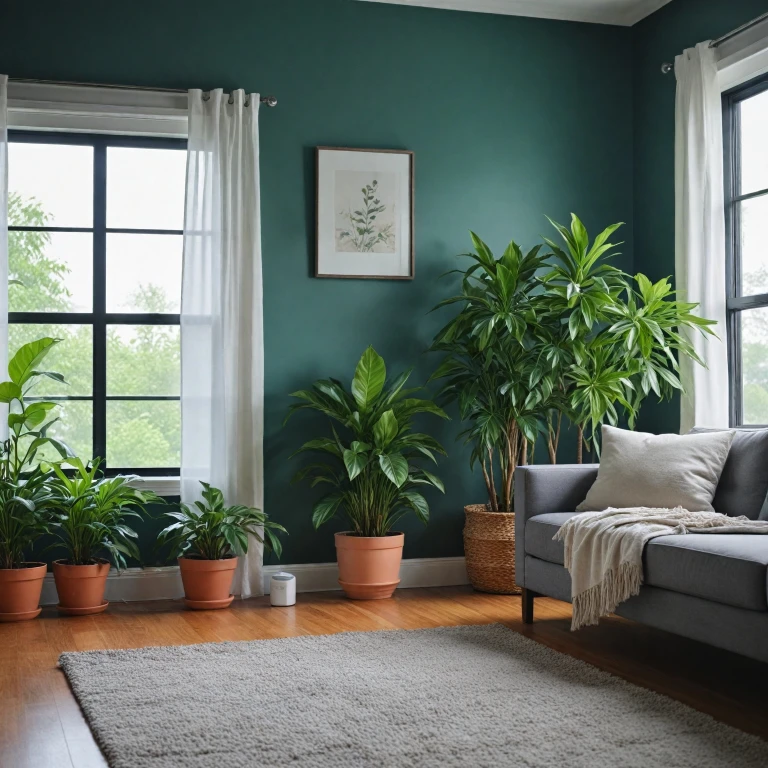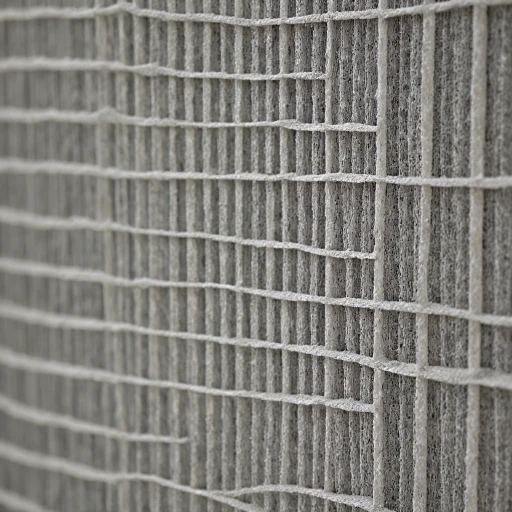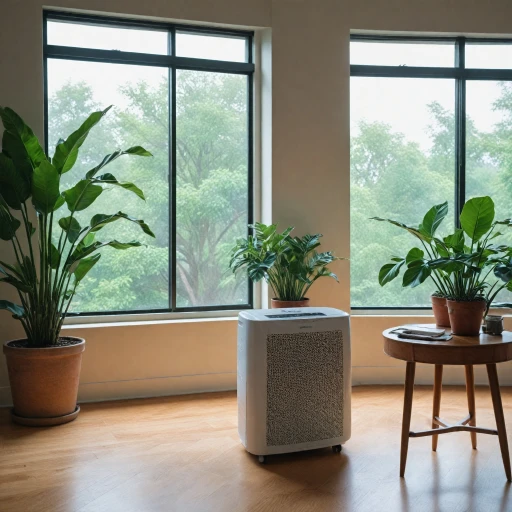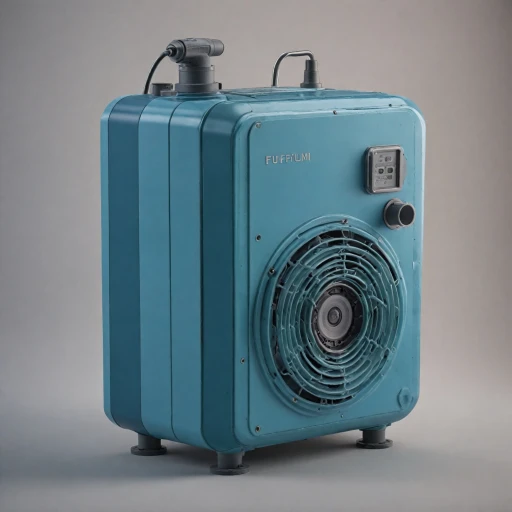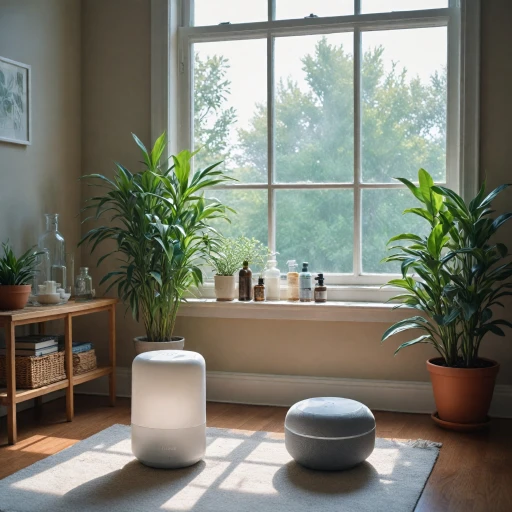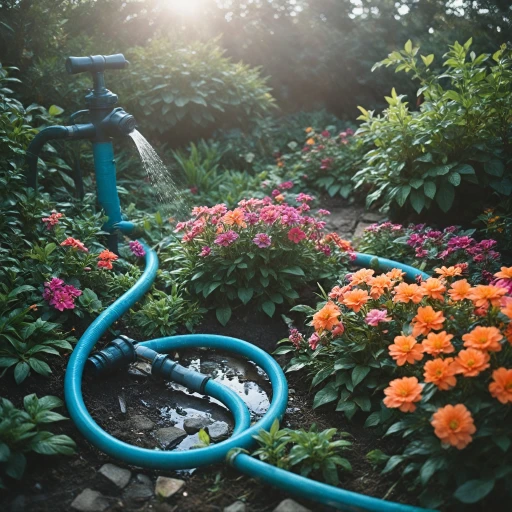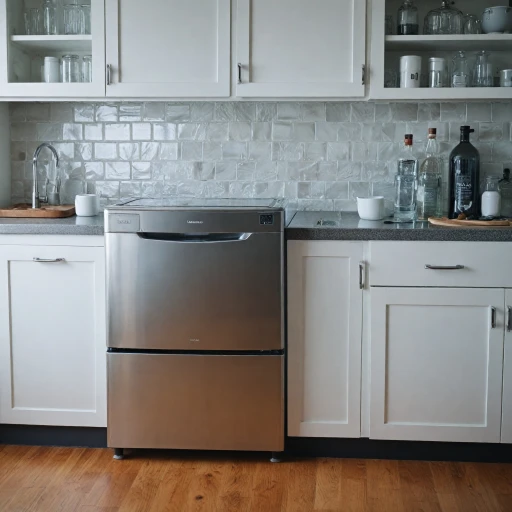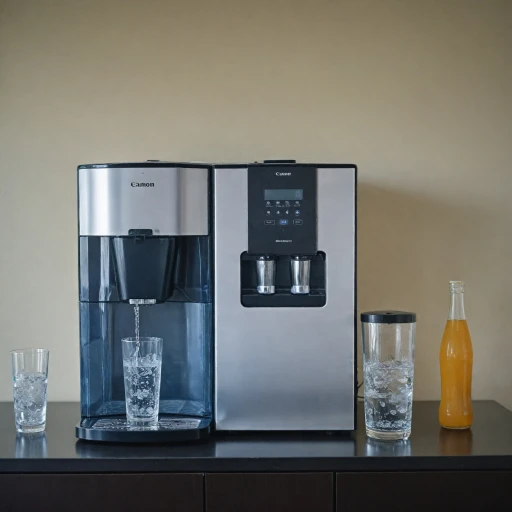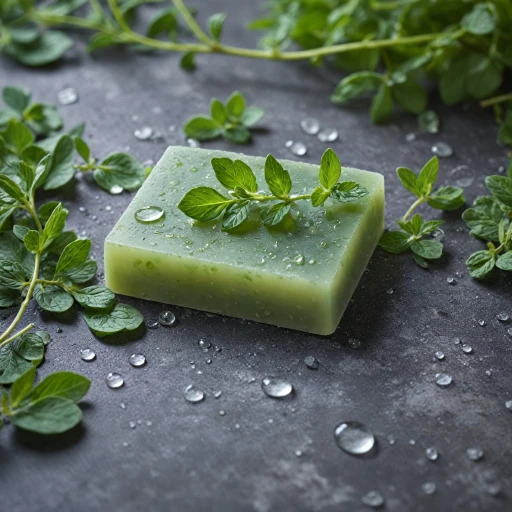Understanding Mold and Its Impact on Health
The Nature of Mold and Its Health Implications
Mold is a common concern in households that can adversely impact indoor air quality and health. It thrives in humid, damp areas and grows rapidly when conditions are favorable. A primary concern with mold is that it releases spores into the air, which, if inhaled, can pose significant health risks. Mold spores are minuscule particles that can circulate through the air unnoticed, often becoming airborne mold that can be especially troublesome for individuals with respiratory issues. Prolonged exposure to mold spores can lead to allergic reactions, asthma attacks, and other respiratory conditions. Mold sensitivity can trigger symptoms such as coughing, wheezing, and even skin irritation, thus affecting the overall quality of life. Of particular concern is black mold, a type of mold that can produce allergens and irritants. While not all black mold is toxic, it can still exacerbate health problems, making it crucial to address mold growth in the home. Improving air quality becomes essential in mitigating the effects of mold on health. Using air purifiers to remove mold spores and enhance clean air can significantly contribute to reducing mold-related health risks. Effective air purifiers help not only with capturing these tiny invaders but also in improving overall living conditions. For a more thorough understanding of maintaining air quality, including methods that involve scented solutions, explore enhancing indoor air quality with scented furnace filters. Addressing the issue comprehensively ensures you’re on a path to healthier living and improved air quality.How Air Purifiers Work Against Mold
Key Mechanisms of Air Purifiers in Tackling Mold Issues
Air purifiers can be a significant line of defense against mold, especially in improving air quality and health. These devices work by continuously filtering the air in a room, capturing harmful particles including mold spores. Here’s how different elements in an air purifier contribute to reducing mold:- HEPA Filters: High Efficiency Particulate Air (HEPA) filters are among the best at capturing airborne mold spores. These filters can trap particles as small as 0.3 microns, effectively removing mold spores from the air.
- Activated Carbon: Some air purifiers include an activated carbon layer, which helps with removing odors and volatile organic compounds (VOC) associated with mold growth.
- UV-C Light: Certain purifiers include UV-C light that can help kill mold spores trapped in filters, preventing mold from growing or releasing new spores.
- Pre-Filters: These are designed to capture larger particles before they reach the main HEPA filter, thereby enhancing the efficiency and lifespan of the purifier.
Types of Air Purifiers Suitable for Mold
Effective Choices for Air Purification
When tackling mold growth in your home, selecting the right air purifier is a crucial step. There are several types of air purifiers that are particularly effective against mold spores due to their filtration technologies.- HEPA Filters: High Efficiency Particulate Air (HEPA) filters are among the best for capturing airborne mold spores. They can trap 99.97% of particles as small as 0.3 microns, ensuring that mold spores, along with other allergens, are significantly reduced in your indoor spaces. This makes HEPA air purifiers a top choice for maintaining clean air quality.
- Activated Carbon Filters: These filters often work alongside HEPA filters to remove mold-related odors. While a HEPA filter is excellent at capturing particles, activated carbon can absorb volatile organic compounds (VOCs) and odors, complementing the overall air purification process.
- UV Lights: Some purifiers incorporate ultraviolet light to kill mold spores in the air. However, it's crucial to note that UV light purifiers can be less effective if the spores are not exposed to the light for a sufficient duration.
Factors to Consider When Choosing an Air Purifier for Mold
Key Aspects to Consider for Effective Mold Removal
Choosing the right air purifier is essential when dealing with mold spores in your home. Different models and features are designed to tackle various challenges, making it crucial to understand what will work best in your specific situation. Below are several important factors to evaluate when selecting an air purifier to help with mold:
- HEPA Filter Efficiency: High-Efficiency Particulate Air (HEPA) filters are considered the gold standard for trapping airborne particles, including mold spores. Look for air purifiers equipped with true HEPA filters, as they capture up to 99.97% of particles as small as 0.3 microns.
- Activated Carbon Filters: While HEPA filters are excellent for trapping particles, activated carbon filters can further improve air quality by removing odors and volatile organic compounds (VOCs) that often accompany mold presence. Combining the two provides more comprehensive protection.
- Room Size Capacity: Ensure the air purifier is suitable for the size of the area you need to address. Products will often list the maximum square footage or cubic feet they can cover, which helps in selecting the best air purifier for your specific needs.
- Air Changes Per Hour (ACH): This indicates how often the entire volume of air in a room gets filtered. A higher ACH rating means the unit can filter the air more frequently, which is beneficial in areas with higher mold spore concentrations.
- Humidity Management: Mold thrives in high-humidity environments, so consider using a purifier with a humidistat to help regulate moisture levels. Maintaining humidity below 60% can hinder mold growth and complement the air purifier's effectiveness.
- Noise Levels: Air purifiers vary in noise production, so consider the acceptable noise level for the intended use area, especially if the unit will operate in a bedroom or living room.
By considering these factors, you can choose an effective air purifier to help manage mold in your home, consequently improving indoor air quality and safeguarding your health from the ill effects of mold spores.
Additional Strategies to Combat Mold in Your Home
Tackling Mold Beyond Air Purifiers: Complementary Measures
While air purifiers are effective tools in managing airborne mold spores, their benefit can be significantly enhanced by employing additional mold prevention strategies. Keep these key methods in mind when combating mold growth:- Managing Humidity Levels: Mold thrives in damp environments, with humidity playing a crucial role in its growth. Using dehumidifiers can help maintain optimal humidity levels, discouraging mold from proliferating. Aim to keep your home's humidity below 60% for the best results.
- Improving Ventilation: Ensuring good airflow is vital in preventing mold. Regularly open windows, especially in areas prone to moisture like bathrooms and kitchens. Consider installing exhaust fans to boost ventilation, which helps in drying out dampness and reducing moisture accumulation.
- Regular Cleaning with Mold-Resistant Products: Mold can easily grow on dust particles, so maintaining cleanliness is essential. Use cleaning products specially formulated to resist mold and mildew. Pay attention to damp areas like bathrooms and basements, giving them extra care.
- Addressing Water Leaks Promptly: Leaky roofs, pipes, or windows can create ideal conditions for mold. Regular inspections and maintenance can help identify and remedy leaks before they lead to further mold issues.
